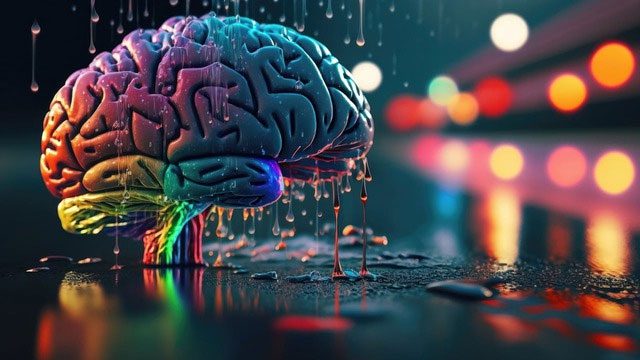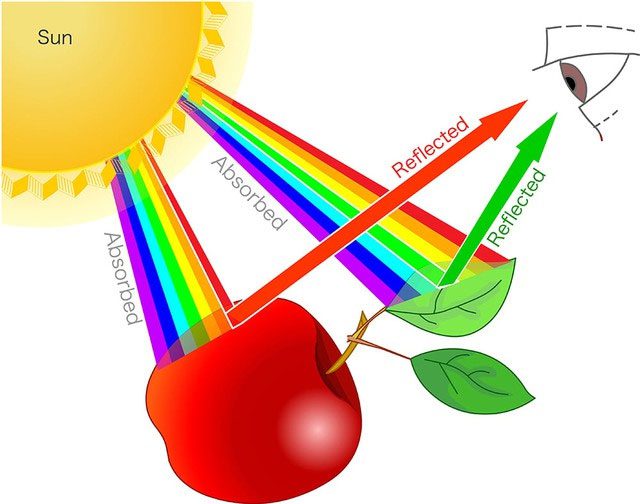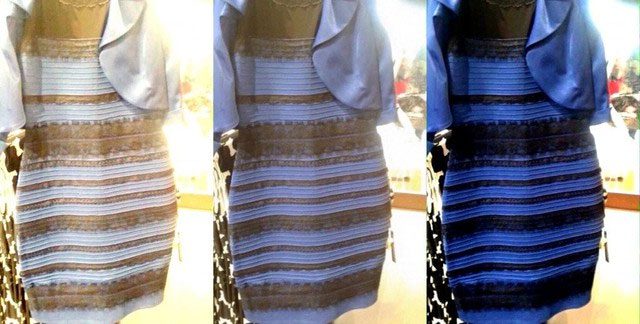Colors: Real and Imagined. Light consists of different wavelengths. Our eyes can perceive these varying wavelengths, which correspond to a “color.” Thus, a wavelength of 400 nanometers appears purple, while 700 nanometers appears red. However, a wavelength of 100 nanometers, which falls into the ultraviolet range, is invisible to us—though bees can see it!
If asked to imagine a banana, most of us can picture a yellow fruit with its characteristic elongated shape. The idea of a transparent banana that is orange or purple is unlikely to ever cross the minds of the vast majority. Color significantly contributes to how we perceive and imagine everything, enriching our visual experiences and conveying meaning about the world around us, but what exactly is color?
Consider the color “yellow” of the banana you envisioned. Is this yellow an intrinsic quality of the banana, embedded within its peel as a fundamental and inherent property? Or is it a perceptual construct formed by the complex workings of our brain? These questions lie at the heart of the debate about what color truly is—whether it is a physical or chemical aspect of things, or something created by the brain.

Wavelengths emitted are then transmitted to our eyes, allowing us to perceive color.
What is Color and How Do We See It?
Color is defined as an intrinsic physical property of matter. When light strikes the surface of an object, that object absorbs certain wavelengths and reflects others. The wavelengths that are reflected then travel to our eyes, allowing us to perceive color.
Humans can only see wavelengths in the range of 400-700 nanometers, which we refer to as the visible spectrum. This is a tiny part of the vast electromagnetic spectrum, which includes radio waves, microwaves, infrared radiation, visible light, ultraviolet rays, X-rays, and gamma rays. A wavelength of 700 nanometers appears red, while a wavelength of 400 nanometers appears purple, but a wavelength of 100 nanometers is invisible to us.

The wavelengths reflected from the surface of an object determine that object’s color.
Physiologically, the retina at the back of the eye detects light. It contains photoreceptor cells called rods, which respond to dim light, and cones, which respond to brighter conditions. These cells react to different wavelengths of light, sending signals to the brain via the optic nerve. The initial signals are relayed to the thalamus and then to the visual cortex, where color information is integrated with other visual data, such as shape and movement, culminating in a comprehensive image.
At first glance, this scientific explanation confirms the assertion that color is a property of matter rather than a product of the brain’s imagination.
But is this really true?
If color is an inherent characteristic of matter, why do we have differing opinions on the color of objects? As the famous saying goes, “My red is not your red.”
The Same Object Can Appear in Different Colors
In 2015, a social media post about a dress worn at a wedding sparked intense debates about its color. While some people firmly argued that the dress was blue and black, which coincidentally is the actual color of the dress, others insisted it was white and gold.
This also posed a curious question for scientists, who wondered why the brains of different individuals perceived the dress’s color in such varied ways.

The dress became a sensation because no one could agree on its color.
Vision scientists suggest that differences in color perception stem from variations in how surrounding lighting conditions are interpreted. Color perception is easily influenced by environmental light.
Typically, the brain adjusts for these changes to maintain consistent color perception, a phenomenon known as color constancy.
However, the brain’s ability to adjust can be compromised. And that is precisely what created the optical illusion.
The Role of the Brain and Lighting
David Williams, a professor of Medical Optics at Allyn and director of the Vision Science Center, provided some insights to explain what may have occurred in the case of the dress. He suggested that because the photo of the dress lacked complete information about the lighting conditions, some viewers might assume it was brightly lit, while others might see it as dimmer.
When asked about differences in assumptions regarding lighting among different people, Williams speculated that it could be due to differences in how the brains of different individuals process information.

Different species have varying numbers and distributions of photoreceptor cells.
How Animals See Color
Different species have varying numbers and distributions of photoreceptor cells, which are influenced by their habitats. For instance, fish living in shallow, sunny waters often have more cone cells than those in deeper waters.
Differences in the quantity, distribution, and sensitivity of photoreceptors can lead to diverse color perceptions. For example, dogs have only two types of cone cells, giving them dichromatic vision, unlike the trichromatic vision of humans. This makes them less sensitive to red and green. As a result, a red object may appear brown or gray to a dog.
Some animals can detect wavelengths beyond our visible spectrum. Bees can see ultraviolet light, along with blue and green. For bees, a flower is not just a pretty pink or a bright yellow.


















































